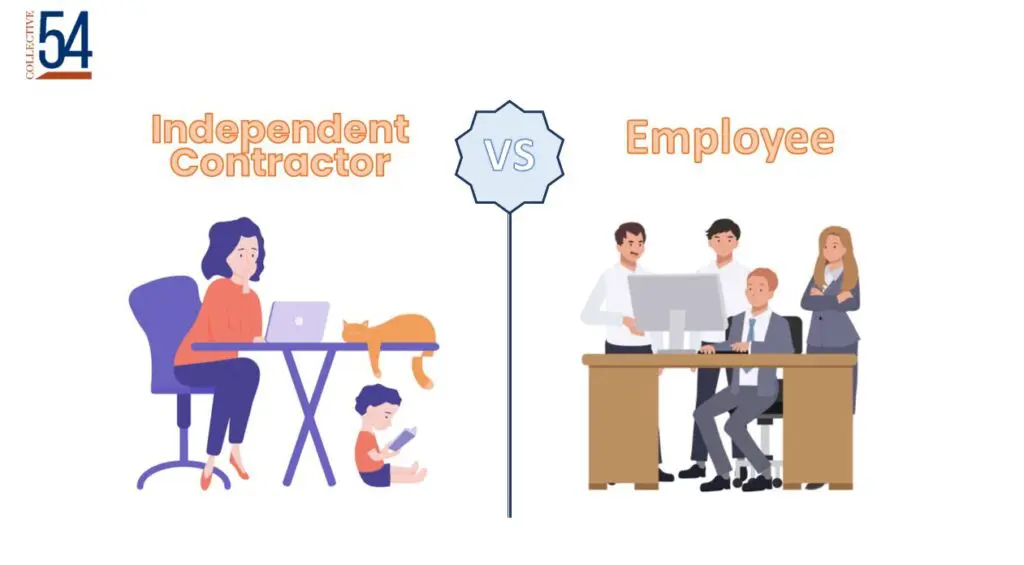Contractors vs. Employees: The Right Choice for Boutique Professional Service Firms

The decision between hiring contractors or employees is a crucial one for founders of boutique professional service firms. Making the right choice can greatly influence the financial health, operational efficiency, and scalability of the firm.
Benefits of Using Contractors:
Financial Savings: Using contractors can translate into significant savings for small firms. Contractors are typically not entitled to benefits like health insurance, overtime, workers’ compensation insurance, payroll taxes, and Medicare taxes. By hiring contractors, the firm can save on these costs.
Operational Flexibility: With contractors, firms can easily adjust their workforce capacity based on the influx of client work. When the workload is heavy, you can hire more contractors, and when it diminishes, you can reduce the number.
Minimal Management Hassles: Employing contractors means fewer management tasks. You don’t have to deal with the intricacies of employee performance evaluations, conflict resolution, or other managerial challenges that come with full-time employees.
IRS Classification Criteria: The IRS uses three primary criteria to determine if someone is a contractor:
- Control over Production: If the worker follows your proprietary process or method, they are likely an employee, not a contractor.
- Multiple Clients: A genuine contractor typically serves more than one client. If you’re consuming all their available time, they might be classified as an employee.
- Contractual Agreement: A formal written contractor agreement should be in place. Paying invoices without an agreement could be problematic.
Misclassifying an employee as a contractor can lead to hefty fines from the IRS, so it’s imperative to get this right.
Additional Classification Criteria:
Unfortunately, the IRS is not the only one you need to worry about. At times, disputes develop between individuals and the firms they work for. If you find yourself in such as dispute, the disgruntled person may use the following as leverage:
- Supervision: A high degree of supervision suggests an employee relationship.
- Training: Providing training is indicative of an employee, not a contractor.
- Compensation Method: Bonuses or non-hourly compensation can be seen as evidence of an employee relationship.
- Benefits: Offering benefits like vacation time can hint at an employee status.
Lifecycle Considerations:
Collective 54’s framework, shared in the best seller The Boutique: How to Start, Scale, and Sell a Professional Service Firm, describes the lifecycle of a service firm. From launch to exit takes fifteen years spent in three stages- growth, scale, and exit.
Early-stage boutique firms in the growth stage, facing unpredictable revenues, can benefit immensely from the flexibility of contractors. The ability to scale up or down without long-term commitments can be a lifesaver. A rule of thumb is greater than 50% of the labor force is contractors during the growth stage.
However, as a firm matures and revenue becomes more predictable, hiring employees can be more economically sensible. While contractors might appear cheaper in the short run, in the long term, the “renting” vs. “owning” analogy applies. Hiring full-time employees can offer better value through margin expansion. A rule of thumb is 50%-75% of the labor force is employees during the scale stage.
Moreover, when considering an eventual exit or acquisition, having a stable base of employees is crucial. Acquirers look for consistency, commitment, and a reliable team. They want to purchase both the client relationships and the team that serves them. A firm relying heavily on contractors might be less attractive to potential buyers. A rule of them is less than 10-20% of the labor force is contractors during the exit stage.
Checklist for Decision Making:
Here is a quick checklist to help you determine your mix of contractors and employees:
- Nature of Work: Is it short-term or ongoing?
- Control: Do you need to control how the work is done?
- Training: Will the worker require training?
- Costs: Have you factored in all associated costs (benefits, taxes, etc.)?
- Flexibility: How important is it for your firm to scale up or down quickly?
- Relationship Duration: Is this a one-off project or a continuous relationship?
- Future Plans: Are you planning to sell or acquire in the near future?
In conclusion, while contractors offer flexibility and cost advantages in the initial stages of a boutique firm, as the firm grows and stability becomes paramount, transitioning to a workforce of employees can be more strategic. By understanding the pros, cons, and implications of each choice, founders can make informed decisions that best serve their firm’s needs.
